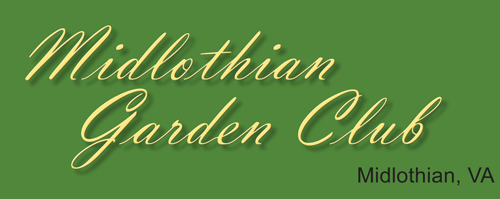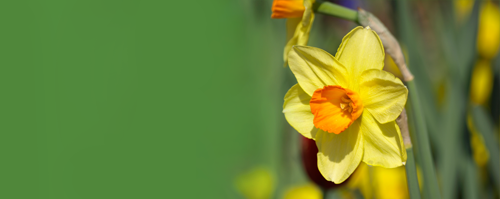Colonial Designs
Colonial refers to the time period between 1607 and 1700. The early colonist followed English floral trends and used products they brought with them when they came to America.
These early arrangements relied on what was available. Such as herbs, wildflowers, native shrubs and trees, fruits, gourds, pods and grasses. The arrangements were casual and open in a rounded mass without structure.
Colonist used common household containers such as ceramic pots, wooden bowls, baskets, glass bottles and metal containers.
Flowers available at this time were roses, daisies, lilacs, marigolds, sunflowers, baby’s breath. They also had bulb flowers such as daffodils, tulips, hyacinths and lilies.
As Williamsburg was established floral styles from other countries influenced colonial designs. These floral arrangements became more symmetrical and sophisticated. Fan and triangular arrangements became popular and would be 1 to 3 times the height of the container.
As more imports were coming into the colonies more styles of containers became available. During this time colonist used Chinese porcelain bowls, vases, and urns. Also available were delftware, wall pockets, five fingered vases, stoneware, and pewter or other metal chalices, mugs and bowls.
As the formal gardens were established the variety of flowers increased. Colonist used such flowers as Asters, Bee Balm, Bachelor’s Buttons, Black-eyed Susan’s, Celosia, Chrysanthemums, Foxglove, Goldenrod, Feverfew, Magnolia, Pansy, Peonies, Queen Ann’s lace. Roses, Rosemary, Sweet Williams, Viola, yarrow and many others. |



